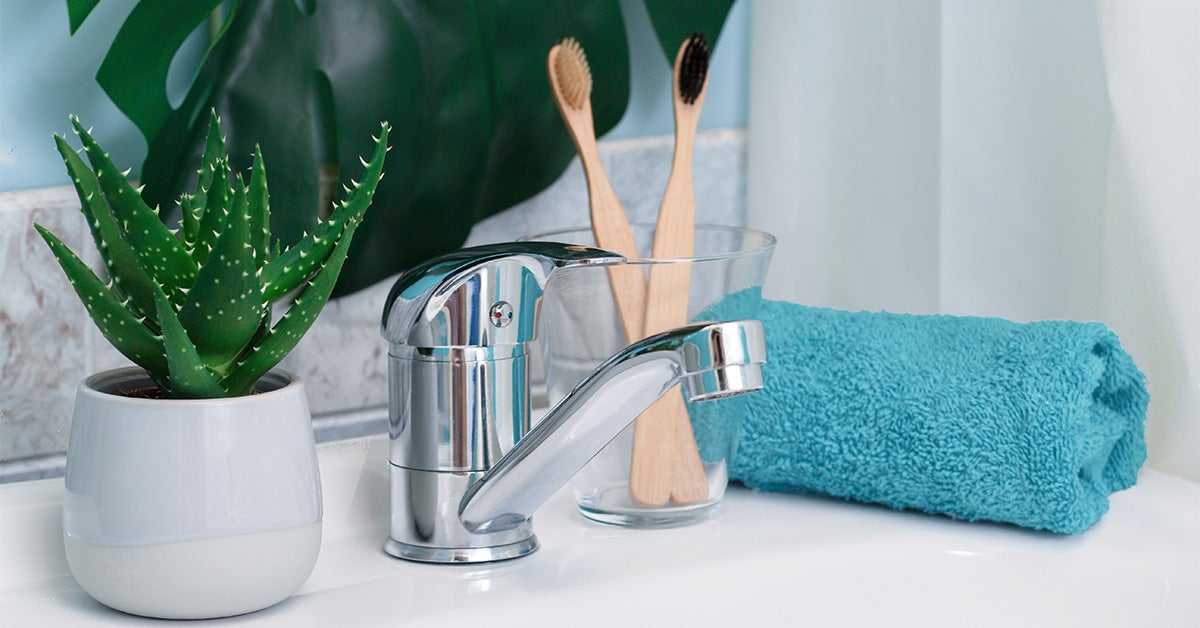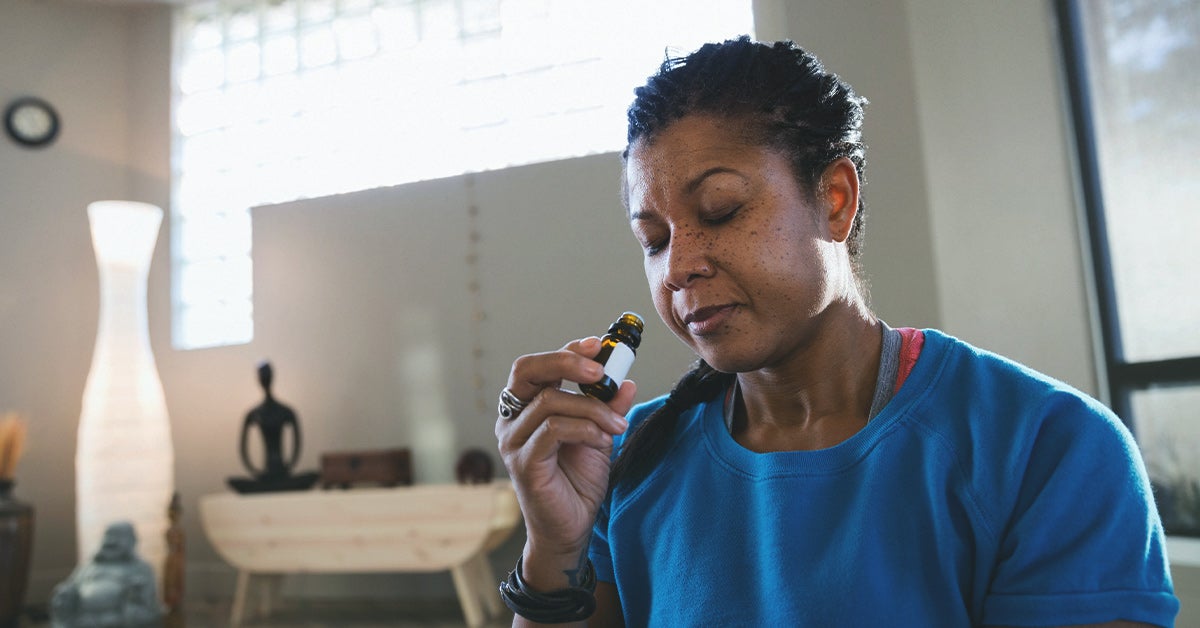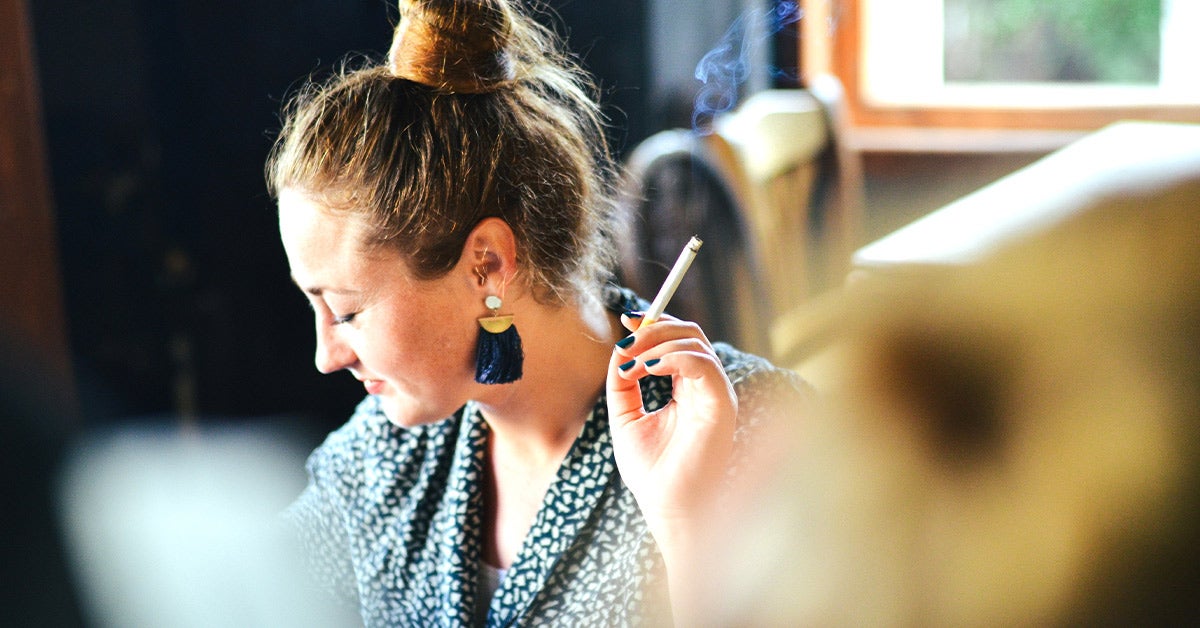Rook Piercing Pain Levels, Coping, and Piercing Aftercare
If you're looking for an edgy new piercing, the rook is one spot you may want to check out.
A rook piercing goes though the inner edge of the uppermost ridge in your ear. It's one step above a daith piercing, which is the smaller ridge above the ear canal, and two steps above the tagus, the curved bulb covering your inner ear.
Although it's not associated with migraine relief, like the daith, rook piercings do seem to be on the rise. They're are on trend this year for their ability to center a piercing constellation — a star-like pattern of piercings.
But before you give it a try, there are a few things you need to know about rook piercings, including the potential for a long, painful recovery.
Rook piercings can be pretty painful. Cartilage piercings can have major differences in pain level and healing time.
Cartilage is thick, hard tissue that doesn't pierce as easily as soft earlobes. The rook itself is a fold of cartilage, which means there's even more tough tissue to pass through than other cartilage locations, like the top of your ear.
Your piercer will use a needle to puncture the rook. During and after the puncture, you can expect to feel sharp pain and pressure. After an hour or two, the sharp pain will transition into a more general throbbing. This intense throbbing pain will last for at least a few days before easing up.
You can expect to have some difficulty sleeping the first few nights. The pain may wake you up when you roll over onto the affected side.
Pain is subjective, so it's difficult to predict exactly how you will handle it. If you have had other cartilage piercings, you can expect the rook piercing to be on par with those. The rook is a bit thicker than other places, so it might take a bit longer to heal.
Your earlobes are made up of soft vascular tissue, which means they have normal blood flow to help with healing. Cartilage, on the other hand, is hard avascular tissue, which means it doesn't heal as quickly.
Rook piercings are particularly slow to heal. It will take between 3 and 10 months for it to heal completely. It may remain tender throughout this time, especially if it gets infected.
According to research, about 32 percent of cartilage piercings get infected at some point. An infected ear can be extremely painful and may require antibiotics.
The rook piercing procedure starts with finding a reputable piercer who maintains a sterile piercing environment.
Once you're in the chair, your piercer will look at the structure of your ear to determine if you're a good candidate for a rook piercing. Ear size and shape varies from person to person. Your piercer will also recommend a quality piece of starter jewelry, typically a barbell.
The piercer will mark a spot with marker and check with you to make sure you like the position. If you don't like where they marked, tell them where you'd prefer it. Next, your piercer will put on surgical gloves and clean your ear with a surgical soap or solution.
The needle puncture itself will be very quick. After that your piercer will insert your starter jewelry into the new hole, which may be the most painful part. You'll then get aftercare instructions to keep your new piercing safe and healthy.
You'll wear the starter jewelry for the first few months while the site heals. To hold the site open while it heals, the jewelry will be thicker than what you're used to putting in your earlobes.
Aftercare is the most important part of a new piercing. Without proper aftercare, your piercing will likely become infected and fail within a few weeks.
There are two ways to go when washing your piercing: Use a store-bought saline solution or make a sea salt mixture at home. Plan on washing your piercing two to three times a day for three to six months. The following are a few tips for optimal piercing care:
- Wash your hands thoroughly before touching or washing your piercing.
- Find a store-bought saline solution or spray and use it at least twice a day to clean the area. Saturate clean gauze or paper towels in saline and gently wipe the area around your piercing.
- You do not have to rotate your piercing during cleaning or at any other time.
- Some piercers recommend washing with a gentle, fragrance-free soap.
- Use a sea salt mixture instead of saline by dissolving 1/8 to 1/4 teaspoons of non-ionized sea salt into one cup of distilled or bottled water.
- Preform a sea salt bath once per day by dissolving salt into warm (not hot) distilled or bottled water. Put it in a mug, tilt your head, and hold your ear in the solution for three to five minutes.
- Only dry your ear with clean paper towels. Don't use cloths that could have bacteria on them.
- Use a saline solution meant for wound care. Do not use saline designed for contact lenses.
- Do not remove your jewelry until the site is completely healed. It can close up in minutes.
Aftercare is so important because the chances of side effects are high. If you experience a serious side effect, like infection, you may have to take your jewelry out and let the wound close up.
Infection
About 32 percent of cartilage piercings get infected. Caught early, these infections can be managed with minimal medical intervention. But serious infections require emergency medical attention.
If you suspect an infection, do not remove your jewelry unless a doctor tells you to. Removing your jewelry could cause an infected abscess to grow.
Signs of an infection include:
- red and swollen skin around the piercing
- pain or tenderness
- yellow or green discharge coming from the piercing
- fever, chills, or nausea
- red streaks
- symptoms that are getting worse or last longer than one week
Swelling
When you first get your piercing, it's normal to see some swelling and redness. You may also notice bleeding, bruising, and crustiness. Swelling can be treated with over-the-counter anti-inflammatory medications.
A clean cloth or paper towel soaked in ice water may also provide some relief. If your swelling and pain gets worse instead of better, you should have it checked out by the piercer or a doctor.
Bumps
Bumps are relatively common with cartilage piercings. They may develop soon after the initial piercing or months later. Different bumps that may affect the rook include:
- a piercing pimple, which is a small pustule next to the hole
- a keloid scar, which is a painless buildup of collagen that looks like scar tissue
- an infection bubble, which may be full of puss
- contact dermatitis caused by a metal allergy to your jewelry
See a doctor if you notice any signs of infection. Warning signs of a serious infection include:
- fever
- sweating
- chills
- nausea or vomiting
- streaks of red coming out of the piercing
- pain that gets progressively worse over time
Piercing your rook may seem like a great idea, but it's important make a commitment to proper aftercare. You also need to be aware of the potential for a painful infection or other side effects. Remember, the piercing itself is the easy part — the real work comes later.
-
 6 interesting genetic traits that children will inherit from their parents
6 interesting genetic traits that children will inherit from their parents
-
 7 effects of asparagus on child development
7 effects of asparagus on child development
-
 Does cutting blood hair for babies bring good luck?
Does cutting blood hair for babies bring good luck?
-
 The more babies eat, the higher the height they develop, especially the second kind
The more babies eat, the higher the height they develop, especially the second kind
-
 Children with chicken pox should eat to quickly recover from the disease, without leaving a deep scar?
Children with chicken pox should eat to quickly recover from the disease, without leaving a deep scar?
-
 The more food is cooked, the better it can be for health, especially the second type
The more food is cooked, the better it can be for health, especially the second type
-
 What Can You Do for Missing Teeth?
What Can You Do for Missing Teeth?
-
 Why Breastfeeding Was Not the Weight Loss Promise I'd Hoped For
Why Breastfeeding Was Not the Weight Loss Promise I'd Hoped For
-
 How to Get Rid of a Cold
How to Get Rid of a Cold
-
 What Can Aloe Vera Do for Gums?
What Can Aloe Vera Do for Gums?
-
 Citronella Oil Benefits, How to Use, Side Effects and Safety
Citronella Oil Benefits, How to Use, Side Effects and Safety
-
 How to Get Rid of Cigarette Smell in Your House, Car, Hair, and More
How to Get Rid of Cigarette Smell in Your House, Car, Hair, and More































